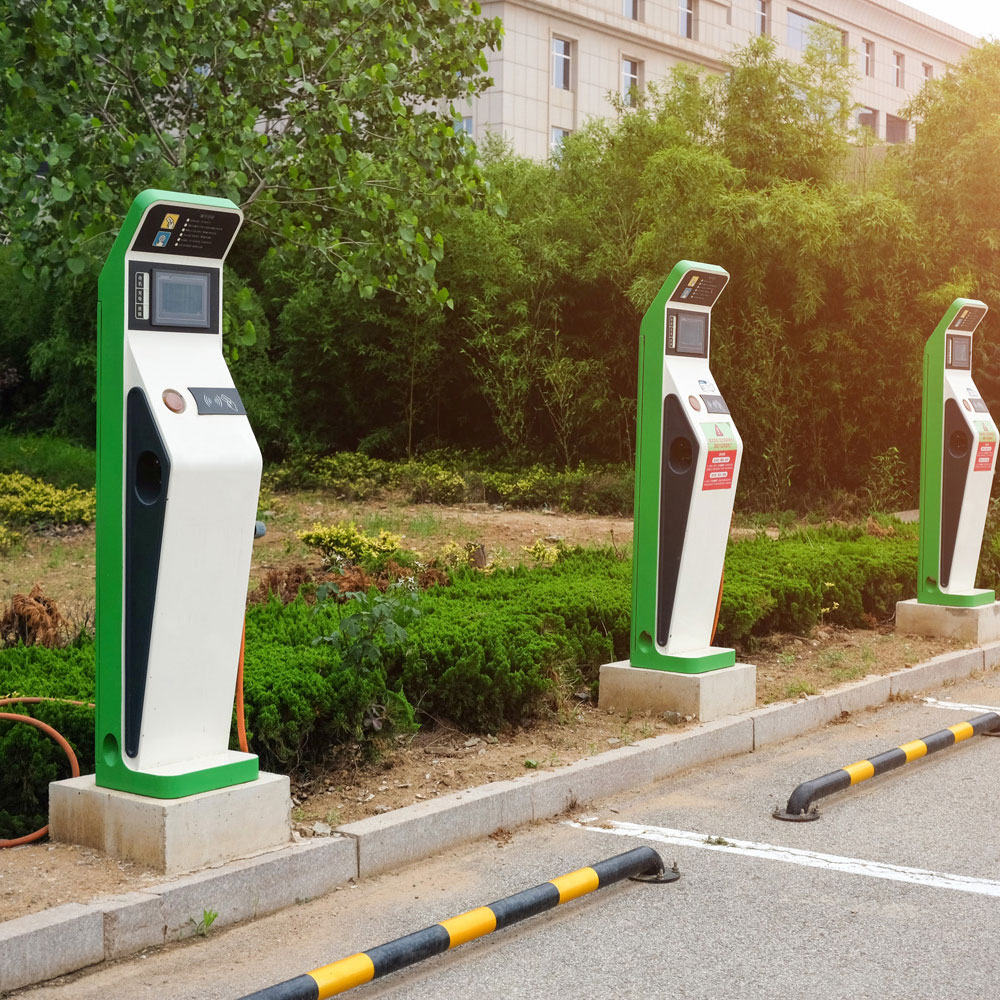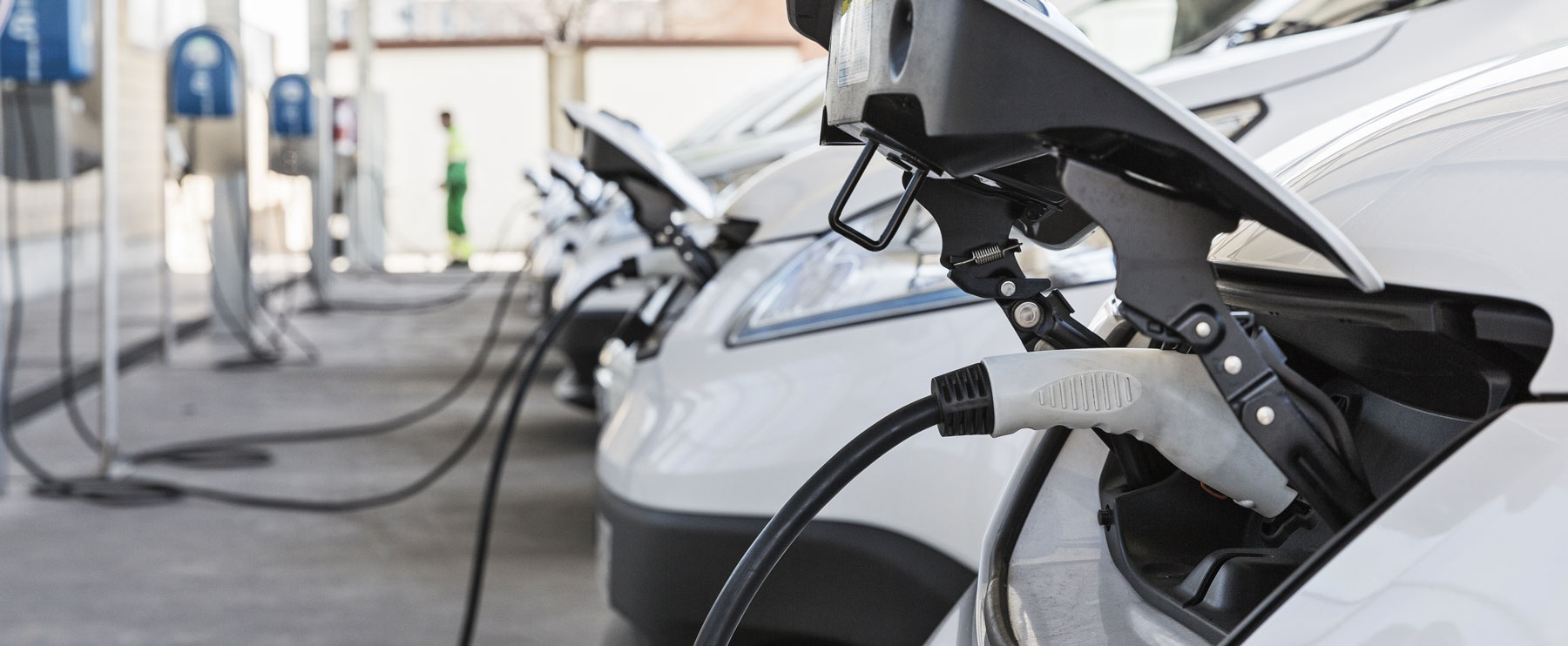Electric utilities were the leading source of greenhouse-gas emissions in the United States for nearly 40 years.
But in 2016, transportation sector emissions surpassed those from the electric utility sector for the first time. The shift happened in part because the power sector now generates more electricity from carbon-free sources and technologies. In 2017, about 63% of the nation’s electricity came from burning fossil fuels – mainly coal and natural gas – and 17% came from renewable energy sources, such as hydropower, wind, and solar. In contrast, petroleum products, such as gasoline and diesel, accounted for about 92% of the fuel used for transportation last year.
If we are going to decarbonize the West, we must reduce carbon emissions from the transportation sector. The good news is that sales of electric vehicles have risen steadily since 2010. In fact, the number of plug-in electric vehicles sold each year in the United States increased by 1,000% between 2011 and 2016.
Despite the current lack of federal support for reducing greenhouse gas emissions from vehicles, a growing number of states – including Colorado, Arizona, Nevada, and New Mexico – are taking action. These states are in the process of evaluating, adopting, and implementing transportation electrification policies that will save their residents money in the long term, resulting in numerous health benefits, and help reduce carbon emissions from the transportation

What is an Electric Vehicle?
What kind of technology makes a car an electric one? It depends on how the engine is powered, how the vehicle is refueled, and the resulting carbon emissions. There are three types of electric vehicles:
Battery Electric Vehicles
Battery Electric Vehicles run entirely on electricity and are recharged from the electricity grid.
Pros:They are the most environmentally friendly option and offer considerable savings on fuel and maintenance compared to gasoline powered vehicles. Charging stations for these EVs are much less expensive than ones for hydrogen fuel cell vehicles. Battery-powered electric vehicles also can be charged at home and are eligible for federal and state tax credits.
Cons: Many models (especially older ones) have a limited range, which makes long drives less feasible, and charging infrastructure still needs to be built in rural areas.
Plug-In Hybrid Electric Vehicles
Plug-In Hybrid Electric Vehicles combine a conventional gasoline powered engine with a battery that is recharged from the electricity grid. The electric battery is used until it runs out of charge, or at lower driving speeds, and then the engine switches to gasoline.
Pros: They run on electricity for short drives, and the gasoline tank allows for a switch to traditional fuel for longer trips.
Cons: They don’t have the maintenance benefits of a fully electric vehicle, they still create carbon emissions when running on gasoline, and they aren’t eligible for full EV tax credits.
Hydrogen Fuel Cell Electric Vehicles
Hydrogen Fuel Cell Electric Vehicles use hydrogen in a fuel cell to power an electric motor.
Pros: They can be rapidly refueled and can go farther after a single refueling than battery electric vehicles.
Cons: Building hydrogen refueling infrastructure is very expensive, and very few refueling stations can be found
Alliance of Automobile Manufacturers (2019). Advanced Technology Vehicle Sales Dashboard. Data compiled by the Alliance of Automobile Manufacturers using information provided by IHS Markit (2011 – 2018) and Hedges & CO. (2019). Data last updated 8/20/2019. Retrieved 7/23/2020 from https://autoalliance.org/energy-environment/advanced-technology-vehicle-sales-dashboard/
The overwhelming majority of EVs in use in the United States are battery electric or plug-in hybrids, and they rely on the electricity grid for recharging their battery. WRA is focused on supporting the expansion of EVs that charge directly from the electricity grid, because they show the greatest promise for reducing carbon emissions. If we’re going to decarbonize the West to fight climate change, we must rapidly decarbonize the electricity grid and then use that clean electricity to power our electric vehicles.

Why is it Important for States to Adopt Electric Vehicle Polices?
EVs are becoming more popular across the West, but we’re still just beginning to adopt them. Government support is critical to increase the number of electric vehicles on our roads. Since the federal government has done little to support the adoption of electric vehicles in recent years, states have created their own electric vehicle policies. These state policies vary widely – and so does EV use. For example, although the economies and populations of California and Texas are similar, California has more than 11 times more EVs per person than Texas does. California’s EV policies are much more developed, and this difference demonstrates how important state policy is to advancing electric vehicles.
State-Level Strategies for Advancing Electric Vehicles
State governments can help expand the adoption of electric vehicles through strategies that create incentives for vehicles and charging infrastructure and require utilities and automakers to provide the vehicles and charging stations. States also can help accelerate EV adoption by making vehicle charging less expensive and increasing the availability of public and at-home charging.
Other state strategy options include:
Adopting a Zero-Emission Vehicle (ZEV) Standard
The ZEV standard requires that a certain percentage of cars sold in the state be ZEVs, or electric vehicles. To date, 11 states have adopted the ZEV standard: California, Colorado, Connecticut, Maine, Maryland, Massachusetts, New Jersey, New York, Oregon, Rhode Island, and Vermont. Minnesota, Nevada, and New Mexico also are considering the ZEV standard.
The standard requires automakers doing business in a state to obtain ZEV credits based on the number of vehicles they sell in the state. If they do not sell enough EVs, they must buy credits from other automakers who did. Adopting a ZEV standard ensures that automakers are bringing their full suite of EV models to the state. Most automakers have many models of EVs that they only sell in ZEV states. Adopting a ZEV standard means more EVs and greater customer choice, and this helps advance the EV market.
Requiring Utilities to Support and Invest in EVs
As the primary providers of electricity, utilities are important partners in the effort to achieve widespread EV adoption. Utilities can support electric vehicle adoption in many ways, including updating electricity rates and line extension policies, helping to finance the cost of public and at-home charging stations, and by educating customers on the benefits of EVs.
Electric utilities have a strong incentive to invest in electric vehicles because increased electricity use generates more money for utilities. Yet EVs are a relatively new technology that utilities traditionally haven’t supported, and many are hesitant to do so without strong support from state governments. To address those utility concerns, Colorado and New Mexico passed legislation in 2019 requiring electric utilities to submit Transportation Electrification Plans that lay out a strategy to invest in and support electric vehicle adoption. These sorts of legislative steps or similar policy measures are key ways that states can advance transportation electrification.
Creating Incentives for EVs
Twelve states offer tax credits to help reduce the upfront costs of buying electric vehicles and stimulate demand. The credits are an important tool now, while the public is still learning about EVs and while purchase prices are still high compared to traditional vehicles. The credits make EVs more affordable for consumers, and states can eventually phase them out when the upfront cost comes down. Market forecasters expect EVs will become cheaper than combustion engine vehicles by the middle of this decade.
Some states also offer other incentives for EV drivers, such as reduced rates for electric vehicle charging, free high-occupancy vehicle (HOV) lane access, funding for home charging installations, exemption from state emissions testing, and many other perks. These measures are also attractive features of owning an electric vehicle and may also encourage increased EV adoption.
Going All Electric with Volkswagen Settlement Funds
As part of the Volkswagen Clean Air Act Civil Settlement, all U.S. states were awarded settlement funds to be directed toward clean-emissions infrastructure. This could include measures that foster EV use, charging stations, or other alternative fuel vehicles, such as new “cleaner” diesel vehicles or natural gas-powered vehicles. States can determine how these funds are disbursed. Some, including Colorado, have elected to use all of these settlement funds for supporting transportation electrification, rather than investing in more fossil-fueled vehicles. Using the funds for transportation electrification stimulates a state EV market and helps reduce the emissions that drive climate change.
Developing EV-Ready Building Codes
It’s cheaper to construct a new building with the proper electrical infrastructure to support EVs than to remodel an existing building. Updating building codes to include provisions for EV charging stations is a cost-effective way to ensure that new buildings can support EVs.
Leading by Example
State governments can encourage EV adoption by converting municipal and state-owned fleets of fossil-fueled vehicles to electric ones. States also can install workplace charging stations and develop long-term plans for transitioning to electrified transportation. These actions signal a state’s commitment to transportation electrification and significantly reduce carbon emissions.
Other Innovative Measures
Some states are pursuing innovative policies and laws to advance greater EV adoption, including a Low Carbon Fuel Standard, an Advanced Clean Trucks rule, and a Clean Miles Standard. The Low Carbon Fuel Standard and Advanced Clean Trucks rule advance electrification of heavy-duty vehicles, like buses and freight and delivery trucks. Meanwhile, measures like the Clean Miles Standard would require transportation network companies such as Uber and Lyft to use more electric vehicles to bring down their total emissions. These are just a few of the emerging policies that states are considering nationwide.

